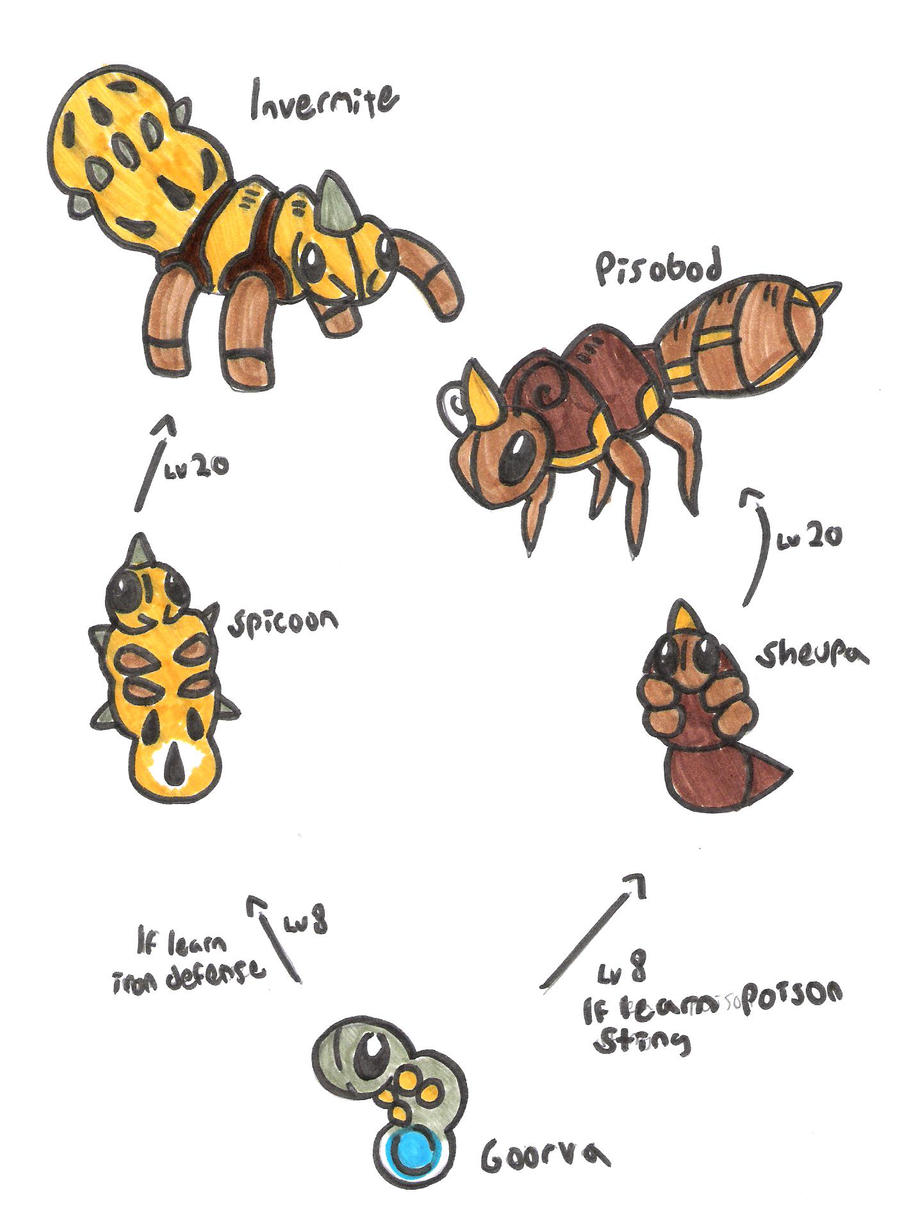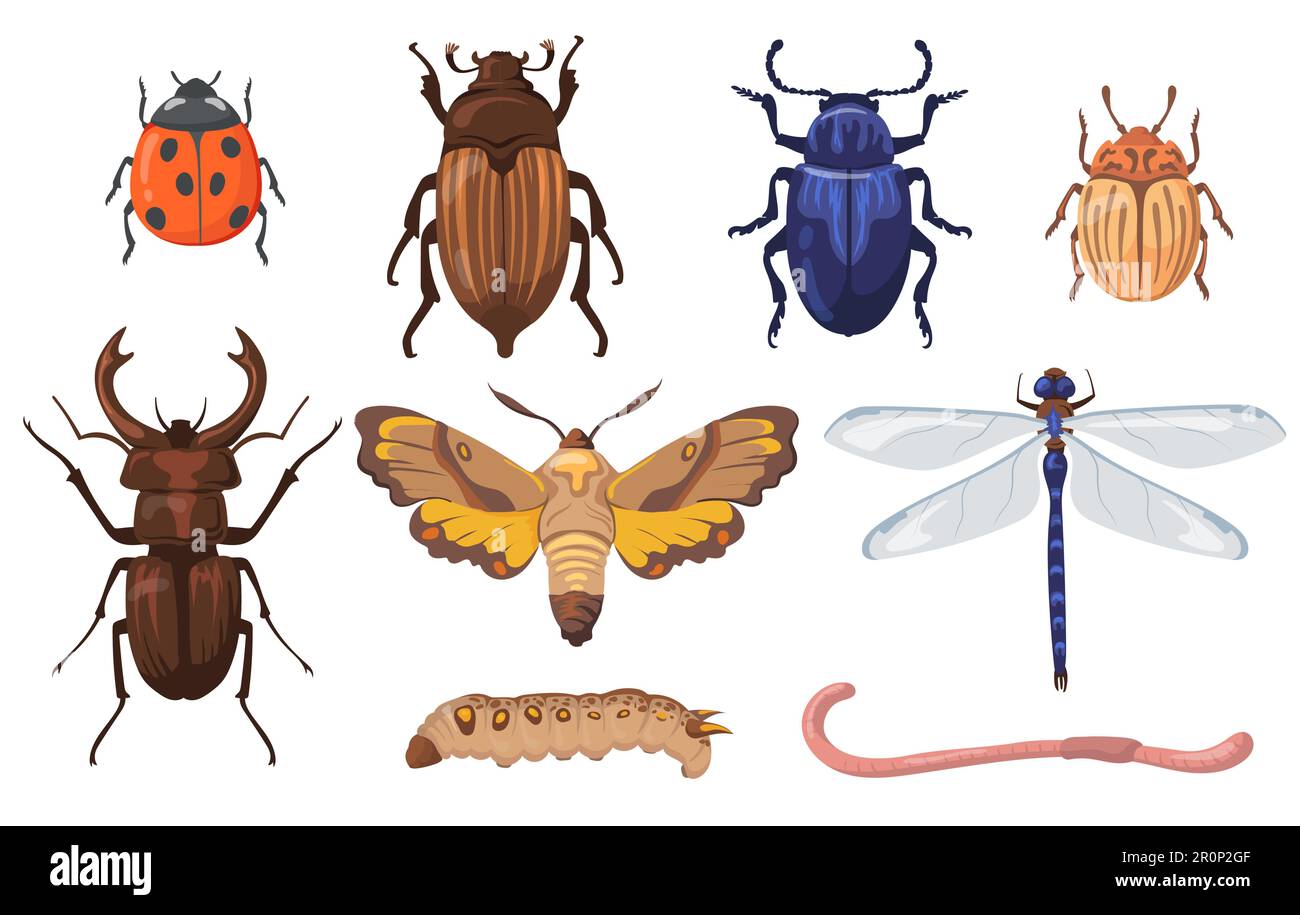Have you ever wondered if worms are actually bugs? This is one of those questions that might pop into your head while you're digging in the garden or watching nature documentaries. The answer isn't as simple as it seems, and today we’re diving deep into the world of worms to uncover the truth. So, are worms bugs? Let's break it down!
Worms are fascinating little creatures that play a crucial role in our ecosystem. Whether you're a gardener, a science enthusiast, or just someone who’s curious about the natural world, understanding what worms really are can be pretty enlightening. In this article, we'll explore whether worms belong to the bug family and why it matters.
This isn't just about labeling creatures; it's about understanding the intricate web of life that supports our planet. So, buckle up and get ready for a wild ride through the world of worms!
What Are Worms Anyway?
First things first, let’s define what worms actually are. Worms are elongated, soft-bodied invertebrates that belong to several different phyla, including Annelida, Platyhelminthes, and Nematoda. They come in various shapes and sizes, from the tiny microscopic nematodes to the giant earthworms that can grow up to several feet long.
Worms are found all over the world, living in soil, water, and even inside other animals as parasites. They play a vital role in ecosystems by aerating soil, breaking down organic matter, and serving as food for other animals. But do they qualify as bugs?
Are Worms Considered Bugs?
To answer this question, we need to look at the scientific classification of worms. Bugs, in the strictest sense, are insects, which belong to the class Insecta. Worms, on the other hand, are not insects. They belong to entirely different phyla and lack many of the characteristics that define insects, such as six legs and three body segments.
However, in everyday language, people often use the term "bug" loosely to refer to any small crawling creature. In this broader sense, worms might be considered bugs by some, but scientifically speaking, they are not.
Key Differences Between Worms and Bugs
Let’s take a closer look at the differences between worms and bugs:
- Body Structure: Bugs have a defined head, thorax, and abdomen, while worms have a simple, elongated body without distinct segments.
- Limbs: Bugs typically have six legs, whereas worms have no limbs at all.
- Respiration: Bugs breathe through spiracles, while worms absorb oxygen directly through their skin.
- Habitat: Bugs are mostly terrestrial, while worms can be found in soil, water, and even inside other organisms.
These distinctions make it clear that worms and bugs are fundamentally different creatures, despite their small size and sometimes similar appearances.
Why Does It Matter If Worms Are Bugs?
Understanding whether worms are bugs might seem like a trivial question, but it has important implications for how we view and interact with the natural world. For one, it highlights the diversity of life on Earth and the complexity of classifying organisms.
It also affects how we approach conservation efforts. If we lump all small creatures together as "bugs," we might overlook the unique roles that worms play in ecosystems. Recognizing worms as distinct from bugs helps us appreciate their contributions and protect them more effectively.
Worms in the Ecosystem
Worms are essential for maintaining healthy ecosystems. Here are some of the ways they contribute:
- Soil Aeration: Worms burrow through soil, creating tunnels that allow air and water to penetrate, which benefits plant roots.
- Decomposition: Worms break down organic matter, turning it into nutrient-rich compost that fertilizes the soil.
- Food Source: Worms serve as an important food source for birds, fish, and other animals.
Without worms, many ecosystems would struggle to function properly. So, while they may not be bugs, they are certainly vital members of the natural world.
Common Types of Worms
There are thousands of species of worms, each with its own unique characteristics and habitats. Here are some of the most common types:
Earthworms
Earthworms are probably the most familiar type of worm to most people. They live in soil and are known for their ability to improve soil health. Did you know that some earthworms can live for up to six years?
Flatworms
Flatworms, or Platyhelminthes, are a diverse group that includes both free-living and parasitic species. Some flatworms, like planarians, have amazing regenerative abilities.
Roundworms
Roundworms, or Nematoda, are one of the most numerous groups of animals on Earth. Many roundworms are microscopic and live in soil or water, while others are parasitic and infect plants and animals.
These are just a few examples of the incredible diversity of worms found in nature.
Fun Facts About Worms
Here are some interesting tidbits about worms that might surprise you:
- Some species of worms can regenerate lost body parts.
- Worms don’t have lungs; they breathe through their skin.
- Earthworms can eat up to a third of their body weight in soil every day.
- Worms are hermaphrodites, meaning they have both male and female reproductive organs.
These facts show just how amazing and adaptable worms are!
Worms in Culture and Mythology
Worms have played a role in human culture and mythology for centuries. In many ancient societies, worms were seen as symbols of fertility and renewal because of their role in enriching the soil. In some cultures, they were even worshipped as sacred creatures.
In modern times, worms have become popular in gardening and composting circles, where they are prized for their ability to turn kitchen scraps into rich compost. They’ve also made appearances in literature and film, often as symbols of humility and perseverance.
Worms in Folklore
In folklore, worms are often portrayed as both helpful and harmful creatures. For example, in some Native American legends, worms are seen as messengers between the earth and the heavens. In contrast, European folklore sometimes depicts worms as pests that destroy crops and gardens.
These stories reflect the dual nature of worms as both beneficial and potentially harmful organisms.
How to Attract Worms to Your Garden
If you’re a gardener looking to improve your soil health, attracting worms to your garden is a great idea. Here are some tips:
- Add organic matter like compost and leaf litter to your soil.
- Keep your soil moist but not waterlogged.
- Avoid using chemical pesticides and fertilizers that can harm worms.
- Create a worm-friendly environment by providing shelter and food.
By following these steps, you can create a haven for worms that will help your garden thrive.
Conservation Efforts for Worms
While worms are abundant in many parts of the world, they face threats from habitat destruction, pollution, and climate change. Conservation efforts are underway to protect these vital creatures and ensure their survival for future generations.
Organizations like the Soil Association and the World Wildlife Fund are working to raise awareness about the importance of worms and promote sustainable land management practices that benefit both worms and humans.
What You Can Do
Even if you’re not a scientist or conservationist, there are things you can do to help protect worms:
- Support organic farming practices that avoid harmful chemicals.
- Reduce your carbon footprint to combat climate change.
- Spread awareness about the importance of worms in ecosystems.
Every little bit helps when it comes to protecting these incredible creatures.
Conclusion
So, are worms bugs? The answer is a resounding no. Worms are fascinating, complex creatures that belong to entirely different phyla than insects. They play a crucial role in ecosystems and deserve our respect and protection.
Whether you’re a gardener, a scientist, or just someone who loves nature, understanding worms and their place in the world can deepen your appreciation for the incredible diversity of life on Earth. So next time you see a worm wriggling in the dirt, take a moment to marvel at its importance.
Now it’s your turn! Share your thoughts and experiences with worms in the comments below. Do you have any tips for attracting worms to your garden? Or maybe you’ve encountered some unusual worm species in your travels. Let’s keep the conversation going!
Table of Contents
- What Are Worms Anyway?
- Are Worms Considered Bugs?
- Key Differences Between Worms and Bugs
- Why Does It Matter If Worms Are Bugs?
- Common Types of Worms
- Fun Facts About Worms
- Worms in Culture and Mythology
- How to Attract Worms to Your Garden
- Conservation Efforts for Worms
- Conclusion

